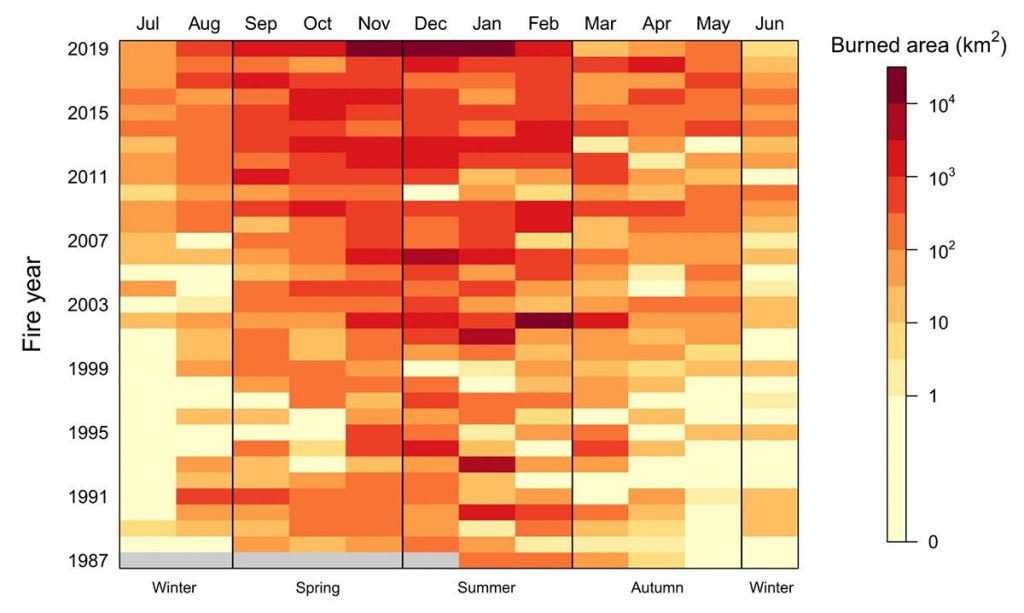How would you build a house in the bush today?
A landmark study on Australian bushfires published in Nature has just been released and confirms something homeowners in the bush already know – bushfires are becoming more frequent and intense.
The research establishes a direct connection between dryness in vegetation, air temperature, wind speed, and humidity with an increase in forest fires since the 1930s. In other words, climate change is real. And the results are stunning. There has been an 8-fold increase in the average area burned each year since 1988.
Researcher Dr Canadell says of the data:
“It’s so tight, it’s so strong that clearly when we have these big fire events, they’re run by the climate and the weather.”
So what does that mean for Australian homeowners? Well, let us think about this way: if you were to build a house in a bushfire prone area today, without any knowledge of building practices of the past, what would that house look like?
Firstly, there would not be a veranda. That iconic innovation of the Australian bush has been labelled by modern researchers as a ‘proven weak link in bushfires’. Verandas are highly susceptible to ember attack and are no longer used as a place to keep cool in our modern lives – they are mostly an aesthetic choice. By removing verandas homeowners are then able to install fire resistant technologies like retractable shutters and external cladding to protect houses from an oncoming fire.
Next, the house would be passive. That is to say, the structure would be super-insulated so as to be completely sealable from the outside. While this might feel strange to generations of Aussies who grew up with slotted windows and open patios, the ease in allowing fresh air into your home comes at a cost for overall air quality. For people to survive in a house during a bushfire they must be able to completely shut out smoke and other dangerous particulates in the air.
Finally, modern technology would need to be an intrinsic design feature of any house in the bush. Just like how internal plumbing and electricity were once new technologies integrated into housing design then so too should fire protection technology in modern homes. As an example, smart bushfire sprinkler systems are an extremely effective way to protect houses that are under fire threat. Intelligent systems can be employed to use water resources efficiently and allow residents to evacuate early knowing their houses will be protected by ember attack and radiant heat.
Given that the research has proven the new reality of bushfire seasons, it’s time that Australian homeowners in the bush update their thinking too. In order to survive the effects of climate change then their houses must also change in ways un-shackled by the building practices of the past.
Embarr’s Argus™ Automation system has been designed with climate change in mind. It automates your bushfire sprinklers, allowing you and your family to evacuate to safety during the next fire threat.
